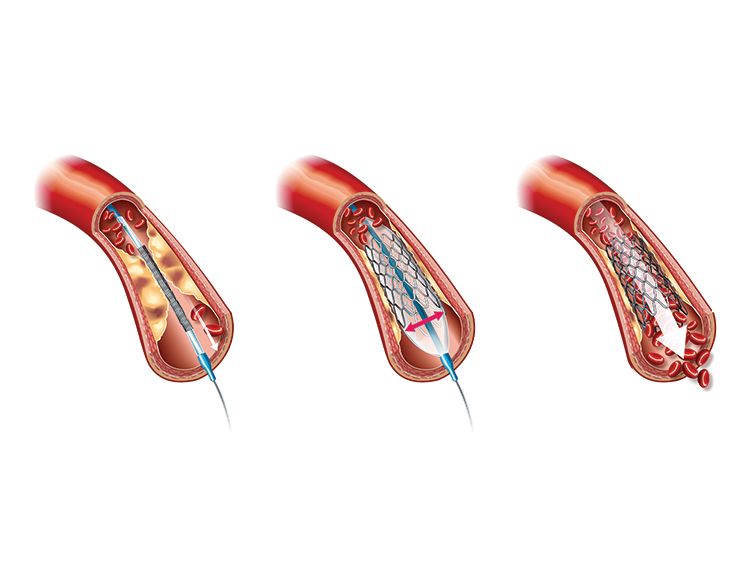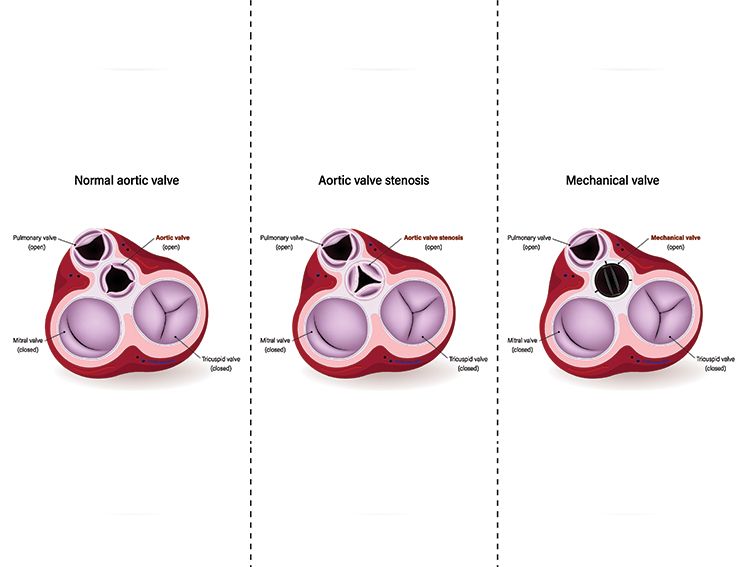
Heart Matters: Why Every Age Group Deserves Cardiovascular Care
Introduction
What do heart attacks, strokes, rheumatic heart disease, and peripheral artery disease (PAD) have in common? They are each a type of cardiovascular disease (CVD) that affects the heart and the blood vessels. CVD includes coronary heart disease, cerebrovascular disease, PAD, aortic atherosclerosis, and rheumatic heart disease. [1,2]
Globally and in India, CVD remains a leading cause of death, claiming around 17.9 million lives every year. Heart attacks and strokes account for 85% of these cases, with the figure predicted to rise to 35.6 million deaths by 2050.[3]
Regarding changing trends in India, Dr. Mahesh Deshpande, Consultant Cardiologist at Hedgewar Rugnalaya Hospital, Chhatrapati Sambhajinagar, says, “The most important health problem India is facing today is coronary artery disease. More young people are being diagnosed with it, suddenly passing away due to massive, unexpected heart attacks.”
CVD in India is now showing patterns of earlier age of onset and higher premature deaths. India’s average CVD prevalence also surpasses the global average, underscoring the need for urgent healthcare solutions.
Trends in CVD: Who is Affected?
The misconception that CVD only affects older individuals is increasingly untrue.
A recent global study revealed five common risk factors—high blood pressure, high cholesterol, obesity, diabetes, and smoking—can together reduce life expectancy by 12 years in men and 14.5 years in women. Encouragingly, modifying these factors, even by your mid-50s, can extend lifespan by roughly five extra years.[4]
While awareness and medical advances have resulted in a global decrease in CVD-related deaths, the total number of affected cases continues to climb.
Trends in CVD: India
Recent studies show that South Asians, including Indians, are much more likely to develop heart diseases. The potential reasons? A stronger genetic predisposition and our diets. [5]
In India, the age of occurrence of CVD is almost a decade earlier than in Western countries, and our generally high-carbohydrate diet could be contributing to this situation. Premature deaths are becoming common, presenting what could be an epidemic. CVD now accounts for around 27% of deaths in India. Between 2021 and 2025, cardiac medication sales in India increased over 50%, a clear signal of rising CVD diagnoses and treatment demand. [6,7,8, 9]
While comprehensive age-related CVD data for India are not yet available, risk factors like obesity, diabetes, and hypertension indicate increased chances of developing heart disease. Presently, 45% of all non-communicable disease (NCD) deaths in India are due to heart disease. [10,11,12]
With nearly 9% of India’s population above 60, many older adults are at risk. Globally, heart failure affected about 64 million people in 2022 (or around 2% of all adults). Among people above 70 years of age, the rate rises significantly, with heart failure being the leading cause of hospitalisation in those older than 65 years. [13,14]
In India, the prevalence of CVD among people aged 60 and above is around 33.6%, indicating a substantial burden in older individuals. [15]
India’s Youth at Risk of CVD
People above 60 are more likely to develop CVD, followed by middle-aged adults, with minimal risk to adolescents. However, younger adults are now even more at risk. Deaths due to sudden heart attacks in India increased by 12% in 2022. [15,16]
Dr. Amit Khandelwal, Director and Head, Department of Cardiology at Paras Hospital, Udaipur, adds, “Over the last few decades, there has been a paradigm shift in the age of onset of heart disease. Where we used to hear of it affecting people in their 60s and 70s, today, we are treating patients as young as 22 years old.”
The onset of risk factors, such as prediabetes, type 2 diabetes, and hypertension, in younger age groups is increasing. Hypertension, strongly related to tobacco use and obesity, further increases risk for CVD.
However, a newer concern has emerged among today’s youth.
Dr. Khandelwal says, “All the classic risk factors are increasing; however, one of the largest risk factors today is stress. Stress cannot be measured in magnitude or intensity, but it can arise out of any situation.”
The factors that lead to lifestyle-related diseases like CVD begin to take shape in childhood. Insufficient activity, unhealthy and highly processed diets, as well as low-quality and duration of sleep, start contributing towards future complications at a young age. Early-onset or ‘premature’ heart disease—under the age of 55 in men and 65 in women—is more prevalent in young people with higher cholesterol, weight, and smoking habits. [17]
Studies and national databases indicate that school children with poor dietary habits are more likely to be overweight. For example, consuming carbonated drinks increased the chance of being overweight by 19.7 times. A weight gain of 10 kg can result in a 12% increase in the risk of coronary artery disease. [18, 19]
66% of Indians are under 35, and nearly 40% are between 13 and 35 years: even a small rise in incidence can translate to large numbers of youth at risk. [20]
A Call to Action for Everyone
From young adults juggling career and family to older adults enjoying retirement, heart health matters at every life stage. CVD may be the world’s leading killer, but it is also largely preventable and treatable. Here is how:
Monitoring and making the necessary lifestyle changes to manage risk factors, such as blood pressure, diabetes, cholesterol, weight, and smoking
Focusing on a balanced and nutrient-rich diet, regular exercise, and stress management
Undergoing health checkups regularly, especially above age 40 or with any other risk factors
Dr. Khandelwal, sending a message to all youth, says, “I would urge all youth to work on being stress-free, staying active, and monitoring your diet to stay healthy.”
Why Cardiovascular Care Matters
Lifestyle shifts have raised the risk of CVD among Indians of all ages. Early intervention bolstered by medical technology could be key to reducing the CVD burden.
Dr. Deshpande explains, “Younger age groups are at risk, making it the need of the hour for adaptive technology to address the issue.” Designed with patient care and well-being in mind, Meril’s cardiovascular portfolio aims to serve this purpose.
CVD does not announce its arrival. Let us remember to protect our hearts early on and seek timely medical care to safeguard our futures and those of the people we love.
Disclaimer: The quotes cited in the blog are the doctor's personal views, which have been taken from their video interviews, links to which are available in the blog.



